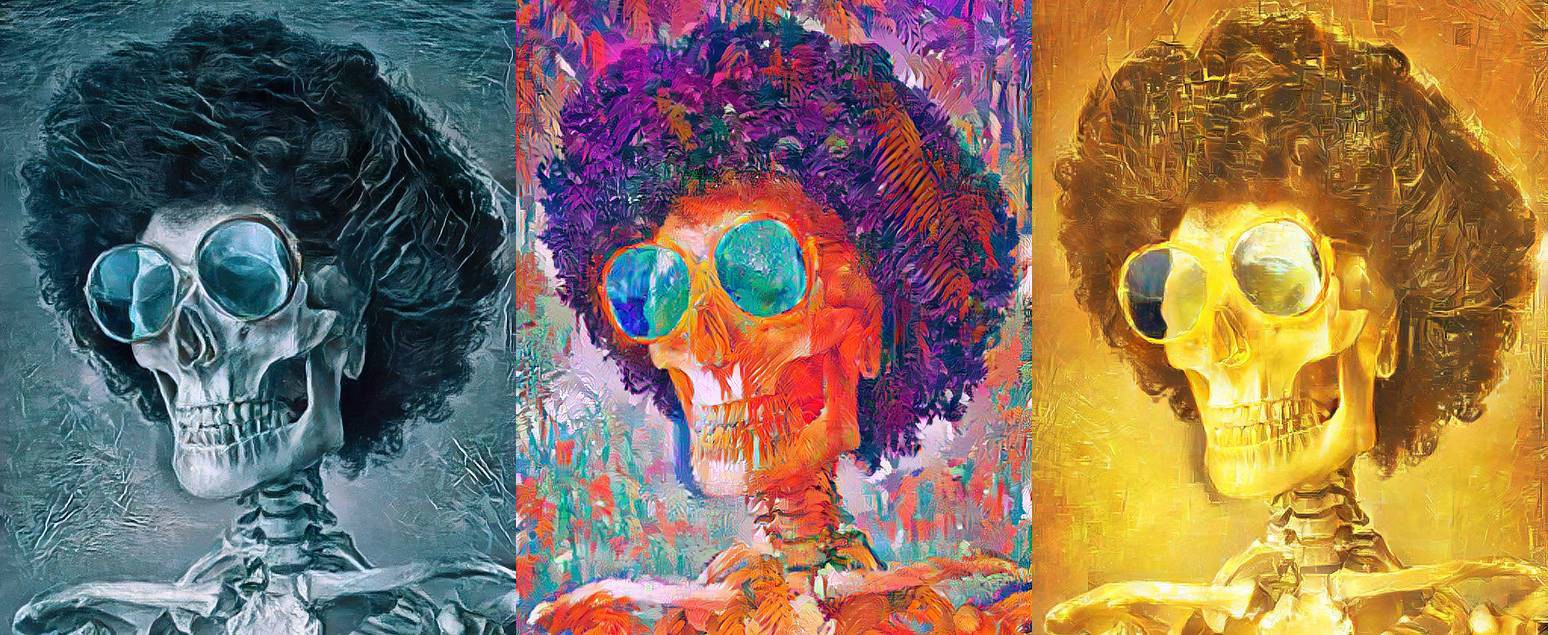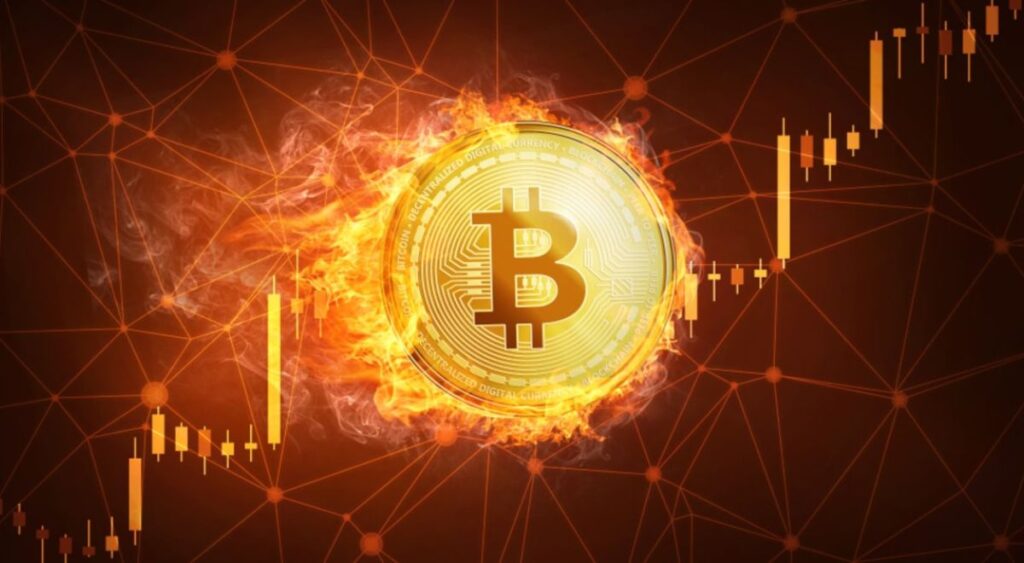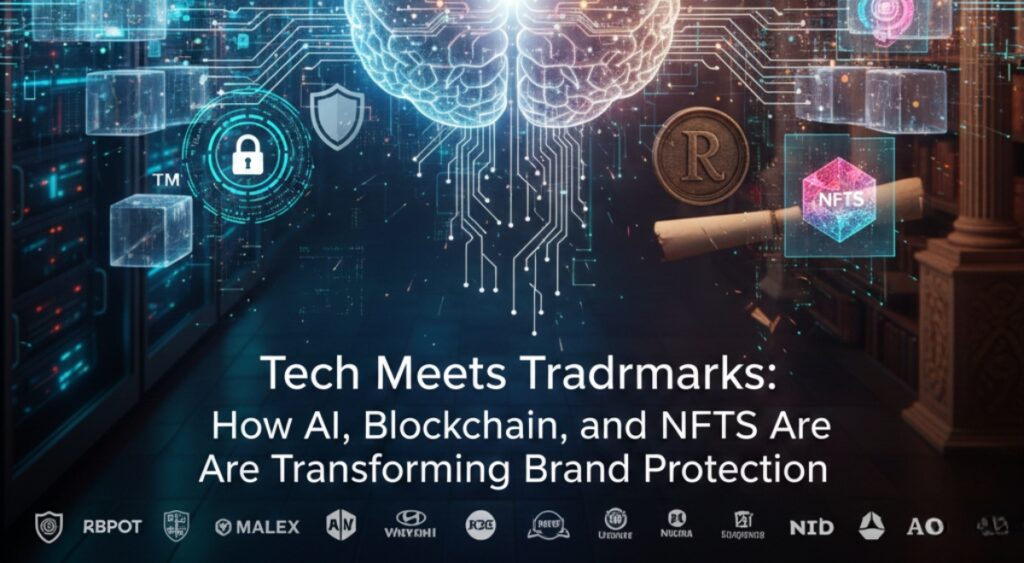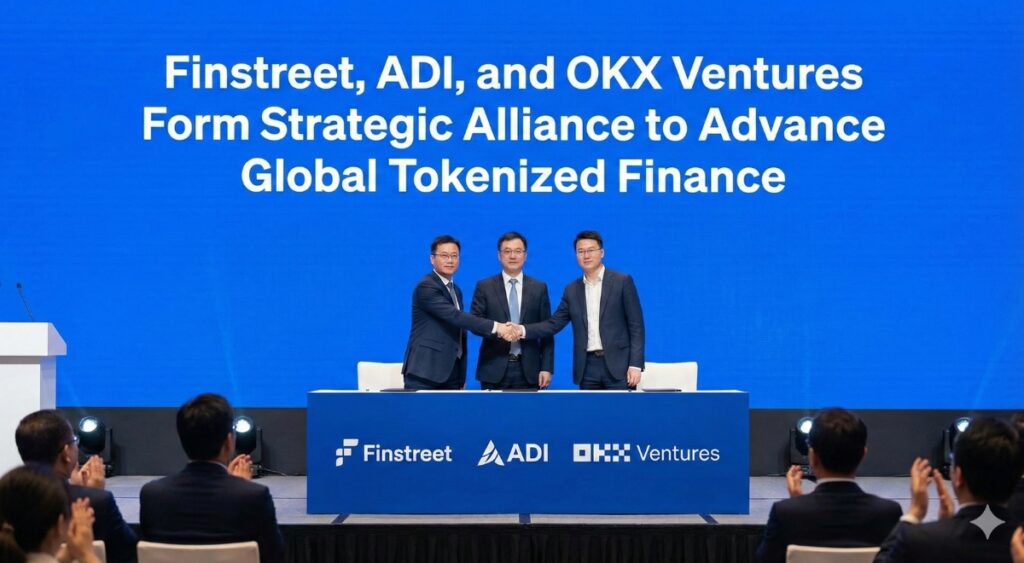Did you know that in 2021, Beeple, a digital artist, sold one NFT for $69 million?
While it is well documented that consumers are now willing to pay high prices for unique collectable cryptocurrency assets such as NFTs, how does one go about creating one?
The possibility for large sums of money is encouraging more people to set up NFTs in the expectation of profiting from the present trend. Here’s a step-by-step tutorial on creating (i.e., minting) and selling an NFT.
How to make an NFT?
Select your product
Let’s begin with the fundamentals. If you haven’t already, you’ll need to decide what unique digital item you wish to convert into an NFT. It may be a hand-painted painting, a photograph, music, a video game treasure, a meme, a GIF, or even a tweet. An NFT is a one-of-a-kind digital object with a single owner. The rarity provides an NFT value.
Ascertain that you hold the proprietary information to the object you wish to convert into an NFT. Making an NFT for a digital asset you don’t own might get you in hot water.
Select your blockchain
When you’ve decided on your one-of-a-kind digital asset, you can proceed to mint it into an NFT. To begin, decide the blockchain technology you want to employ for your NFT. Ethereum is the most popular among NFT artists and producers (CRYPTO: ETH). Tezos, Polkadot, Cosmos, and Binance Smart Chain are some more popular possibilities.
Create your digital wallet
If you do not have a digital wallet, you should get one because you’ll need some cryptocurrency to finance your original investment. You will be able to obtain your digital assets using the wallet. Metamask, Math Wallet, AlphaWallet, Trust Wallet, and Coinbase Wallet are among the best NFT wallets. After you’ve created your digital wallet, you’ll want to purchase some bitcoin. Most NFT sites accept Ether, the Ethereum blockchain platform’s coin. If you already own a cryptocurrency, connect it to your digital wallet so you may use it to generate and trade NFTs.
Choose your NFT marketplace.
Once you’ve obtained a digital wallet and enough bitcoin, you can start making (and, presumably, selling) your NFT. You’ll need to select an NFT marketplace for this. OpenSea and Axie Marketplace are two of the most popular NFT markets.
After you’ve chosen your NFT marketplace, you must link it to your digital wallet. This will enable you to pay the costs required to mint your NFT and keep any sales revenues.
Put your file online.
You can now finally mint your NFT. Your preferred NFT marketplace should include a step-by-step tutorial for submitting your digital content to their site. Using this method, you will be able to convert your digital file (a PNG, GIF, MP3, or other file types) into a marketable NFT.
Establish the sales procedure
The last step in the NFT minting process is deciding how to monetize your NFT. You can, depending on the platform:
- Sell it at a predetermined price: If you specify a fixed price, the first individual willing to meet that price will be able to purchase your NFT.
- Certain a time limit for the auction: A time limit will offer individuals interested in your NFT a set amount of time to submit their final bid.
- Begin a limitless auction: An unlimited auction has no time restriction. Instead, you have the option to terminate the auction at any time.
Unfortunately, the fees for minting and selling an NFT can be prohibitively expensive and perplexing. Depending on the platform and price, you may have to pay a listing charge, an NFT minting cost, a commission on the sale, and a transaction fee to move money from the buyer’s wallet to yours. Fees may also vary owing to the volatility of bitcoin prices. As a result, it’s critical to carefully consider the expenses of producing and selling your NFT to ensure they’re worthwhile.
















